When Flaminio Bertoni designed the DS, he incorporated a Kamm tail effect in a very clever way while not actually utilizing a Kamm tail design.
Kamm tail — also known as “Kammback” or “K-tail” — is an automotive styling feature where the rear of the car slopes downwards before abruptly cutting off with a vertical surface. A Kamm tail minimizes aero-dynamic drag while maintaining a practical shape for a vehicle thereby reducing fuel consumption and improving high speed performance.

The Kamm tail is named after German aero-dynamicist Wunibald Kamm for his work developing the design in the 1930s.
As the speed of cars increased during the 1920s and 1930s, designers noticed automotive aerodynamics. In 1922, Paul Jaray patented a car based on a tear-drop profile (i.e. a rounded nose and long tapering tail) to minimize aerodynamic drag created at higher speeds. The streamliner vehicles of the mid 1930s — such as the Tatra 77, Chrysler Airflow and Lincoln-Zephyr — were designed according to these discoveries.
However, the long tail was not a practical shape for a car, so automotive designers sought other solutions. The earliest mass-produced cars using Kammback principles by creating a bulbous rounded back end, were the 1949–1951 Nash Airflyte in the USA and the 1952–1955 Borgward Hansa 2400 in Europe.
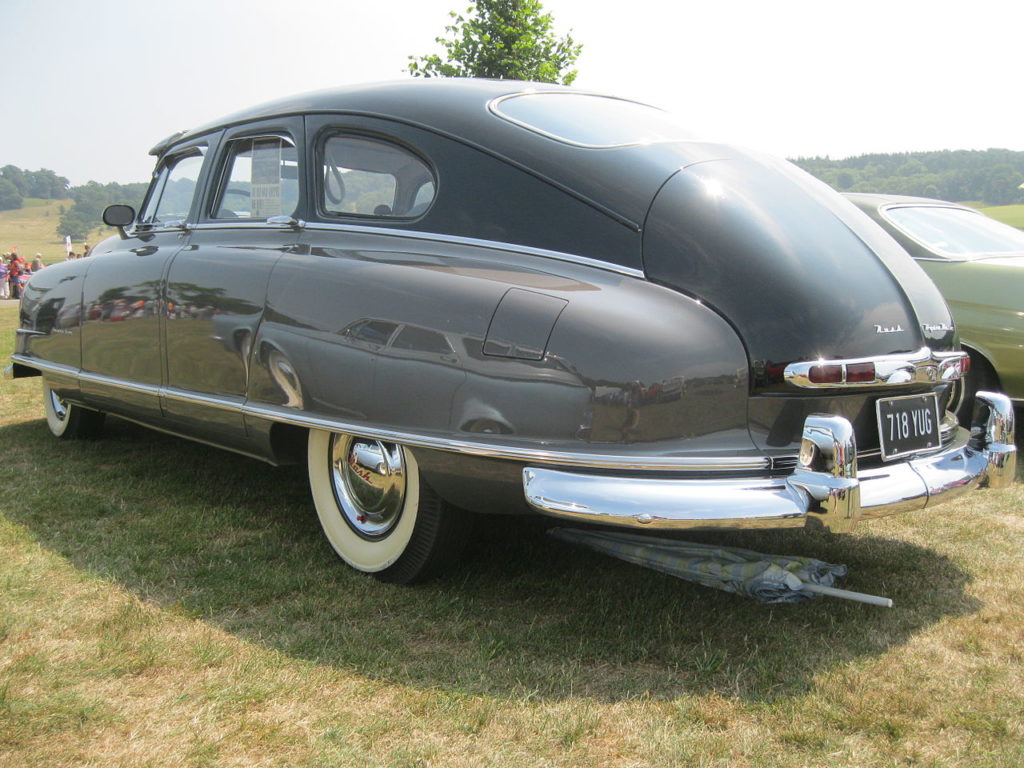
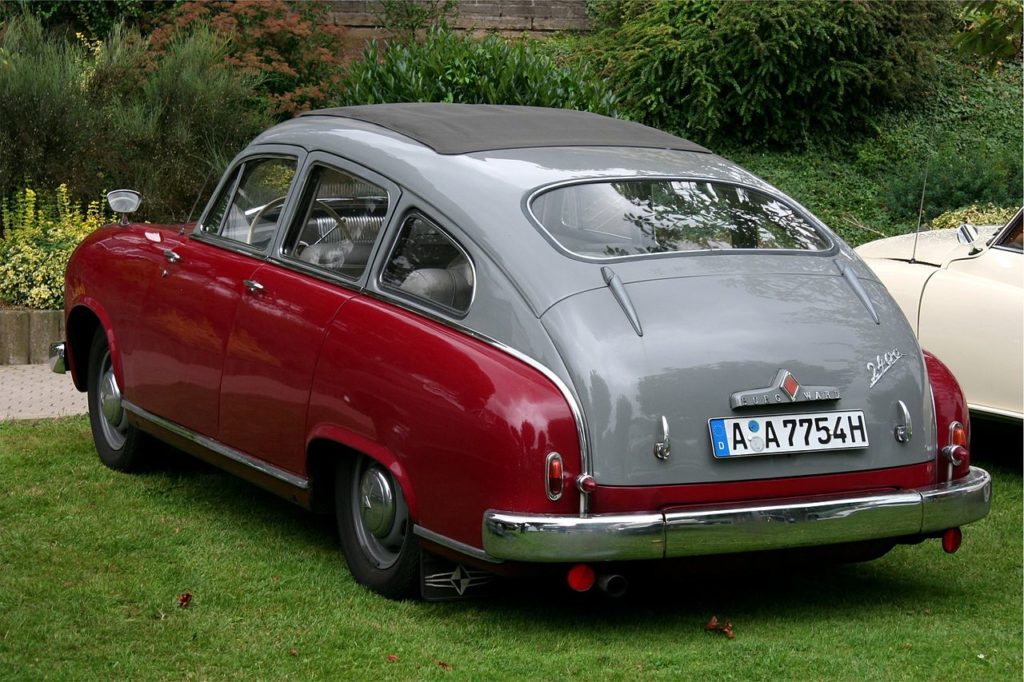
Bertoni knew about aerodynamics, having applied those principles by sculpting the design of the Traction Avant, being the first automotive designer to do so by clay modelling.
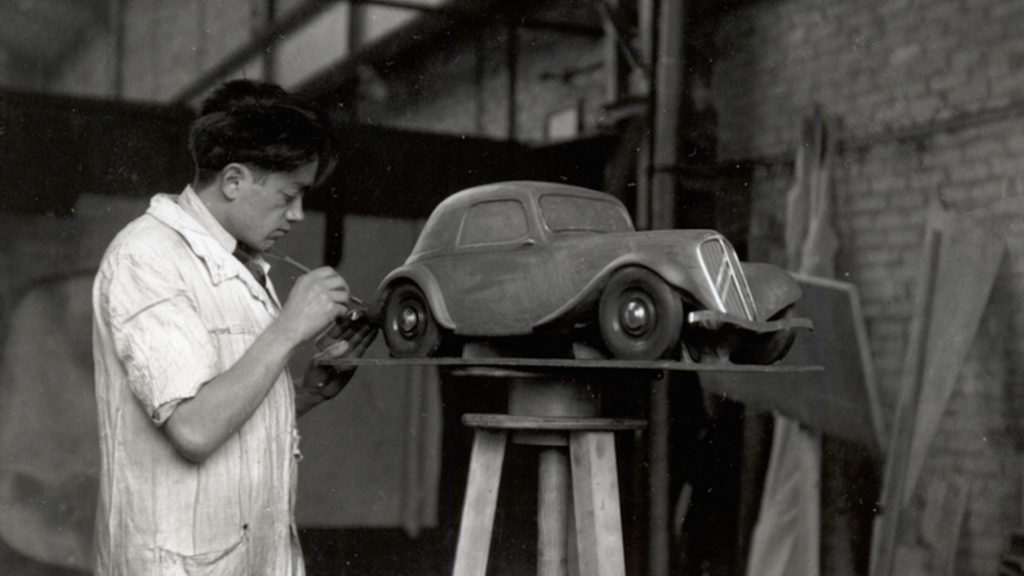
While researchers including Kamm found that abruptly cutting off the tail resulted in minimal increase in drag, knowing that the ideal shape to minimize drag is a teardrop, Bertoni was obsessed with achieving that while still incorporating practicality in design. (As these evolutionary examples of the Traction Avant morphing into the eventual DS shape 20 years later illustrate.)
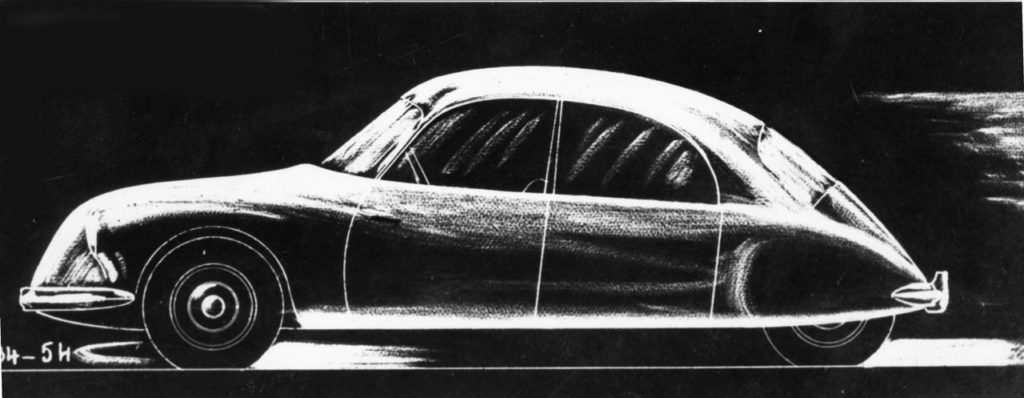

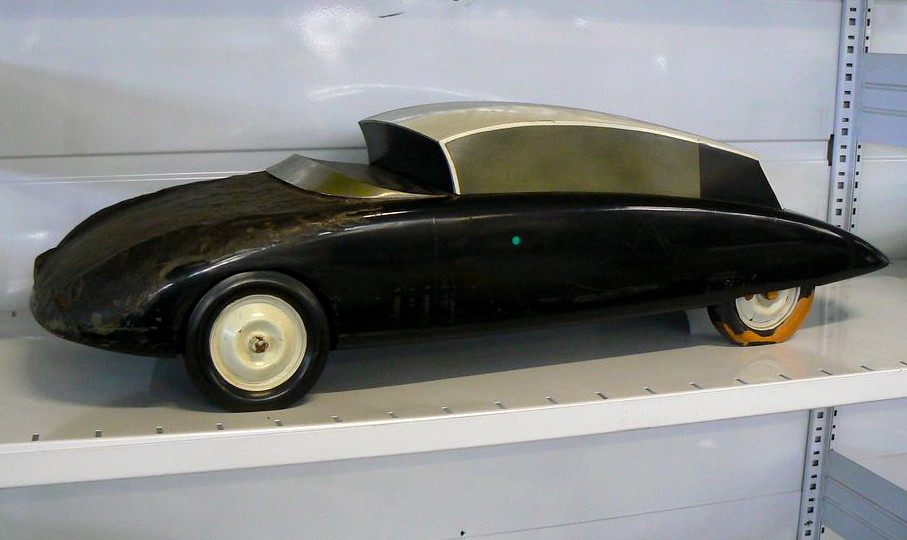
He created the DS and wind tunnel tested his designs looking to achieve Kamm tail results:
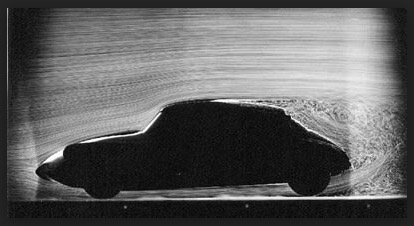
In this wind tunnel test photo of the DS design that went into production, look at the swirling vortex coming off the dropped edge of the rear window which helps suck down top air, and the low up-sweep of the trunk bottom sucks the bottom air right up to reduce suction at the back end. Clearly the Kamm tail effect is visible, accomplished in an aerodynamic shape that is still teardrop shaped, but shortened to be both stylish and incredibly practical.
When Robert Opron succeeded Bertoni at Citroën after this death in 1964, and the next generation of Citroëns were fashioned, Opron implemented Kamm tail design into the body shape of the GS, SM and CX as did many other manufacturers with their models.
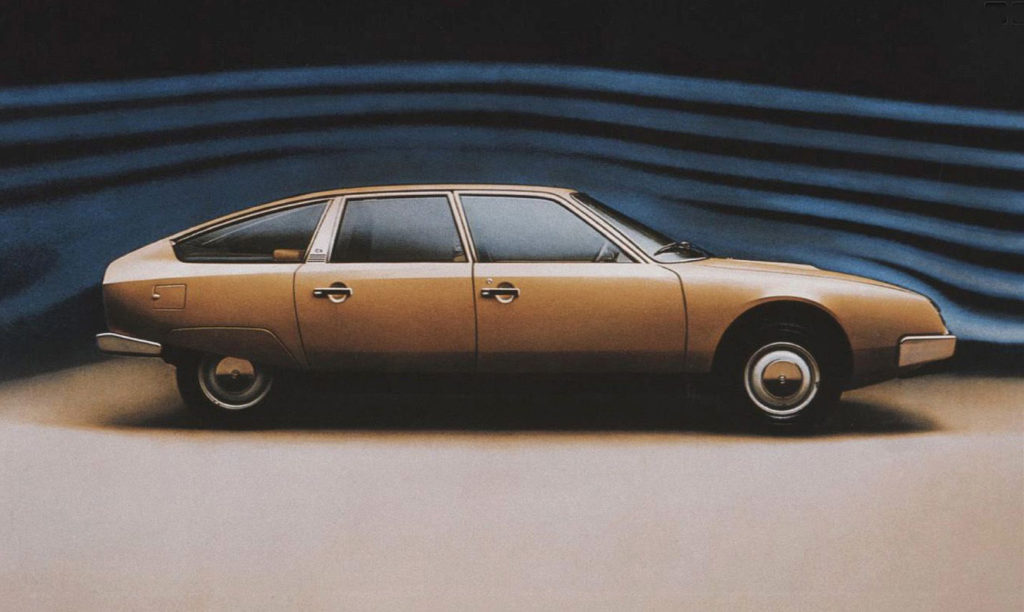
And Kamm tail design is very much in vogue today.

However, the DS was unique in that it achieved the Kamm tail effect without a chopped or up-ticked rear end. It is just one example of why Bertoni’s DS was a brilliant and so far advanced design when it was introduced in 1955 — and is still unmatched to this day!
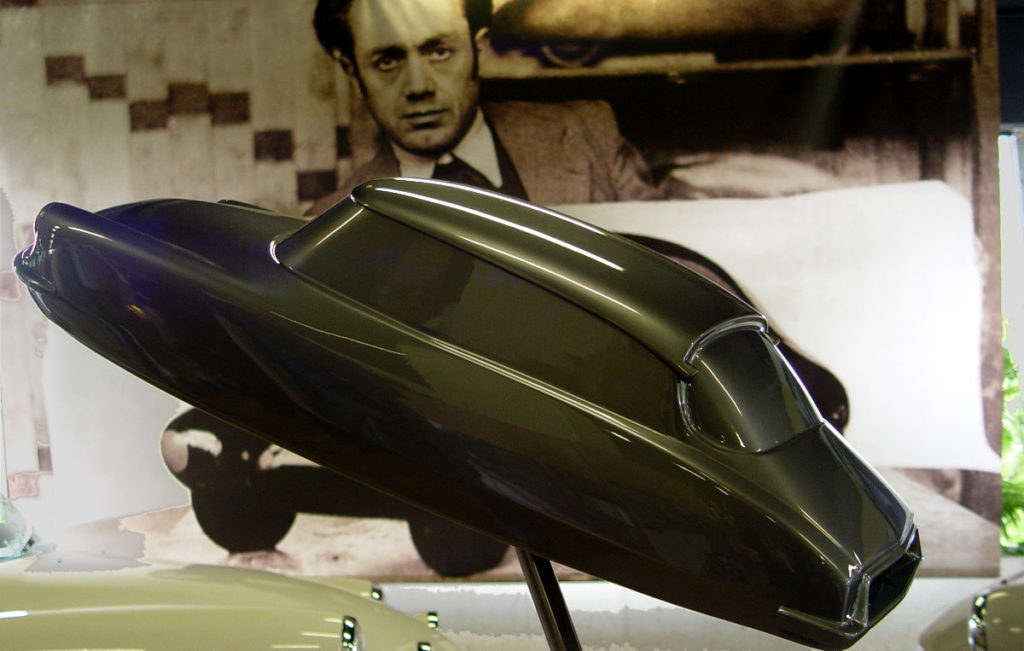


Declaring a ”first” in automotive history is always tricky. Bertoni was not first in using clay models in automotive design. Budd made a clay model for the 1914 Dodge. Harley Earl used clay models fod his custom built cars in his California custom body business in California in the 1920s, But Bertoni might be the first (and only?) designer to sculpt his designs directly in clay. As far as I know other designers used clay models for transforming their sketches on paper to three dimensions, first in scale models and then for fine tuning of the design before making the wooden bucks that were used for “kellering” the dies for production. “Kellering” is done in a tracing milling machine, with the milling ool guided bu a tracer on the wooden buck. There is an interesting video on You Tube where Gordon Buehrig describes how scale models are made in clay https://youtu.be/VC_60alKFPU.(The car shown is not a Cord, as the caption states. It is a proposal for a small car called the Wowser).
But I have never seen pictures of any other designer working with clay the way Bertoni seems do have done it, carving out the shape directly in a lump of clay. But then I don’t know of any orher car designer who also worked as a sculptor.